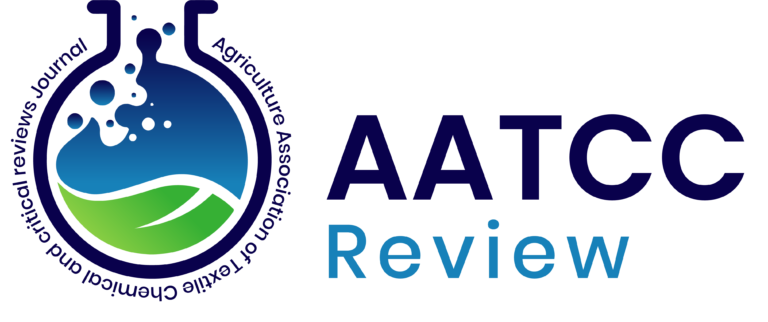Mapping of Groundwater Recharge Zones and Potential Recharge SitesUsing Geospatial Techniques in Suryapet District of Telangana in India
DOI: https://doi.org/10.21276/AATCCReview.2025.13.02.405
Abstract
Suryapet district in, Telangana state of, India is a semi-arid region facing frequent
droughts and depleting groundwater levels despite receiving an average annual rainfall is 820
mm. Dependance on deep bore wells causes severe water shortages during summer,
making groundwater recharge essential for sustainable water management. in this region.
This study uses geospatial techniques—integrating GIS and remote sensing—to identify
groundwater recharge zones and potential artificial recharge sites. Thematic layers
comprising of rainfall, geomorphology, drainage density, slope, and Land Use Land Cover
were prepared and used. The study introduces a comprehensive methodology categorizing the
zones into five classes namely, very poor, poor, moderate, high, and best. The findings
indicated that the best groundwater recharge area spans 488.54 km² (13.54%), followed by
high potential zones covering 2077.97 km² (57.61%), and moderate zones spanning 754.6
km² (20.92%). Conversely, poor potential zones account for 285.79 km² (7.92%). The study
identified additional recharge sites characterized by low drainage density, optimal water
storage capacity, flat terrain, and agricultural utility. By intersecting lineament and drainage
maps, an artificial recharge site map was generated, identifying 1102 potential sites. Among
these, 502 sites fall under the moderate potential zone, while 49 sites lies in the best zone.
The results were verified against field data, demonstrating strong concurrence. The
research underscores the efficacy of GIS innovation coupled with RS and weighted overlay
analysis in identifying groundwater recharge zones and artificial recharge sites. This method
not only enhances accuracy but also optimizes resource utilization, reduces time, and curtails
costs.
PDF: View / Download
